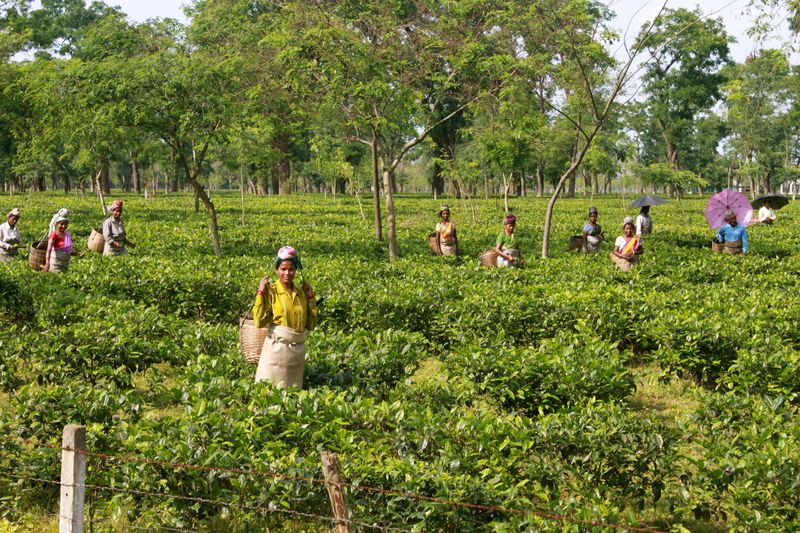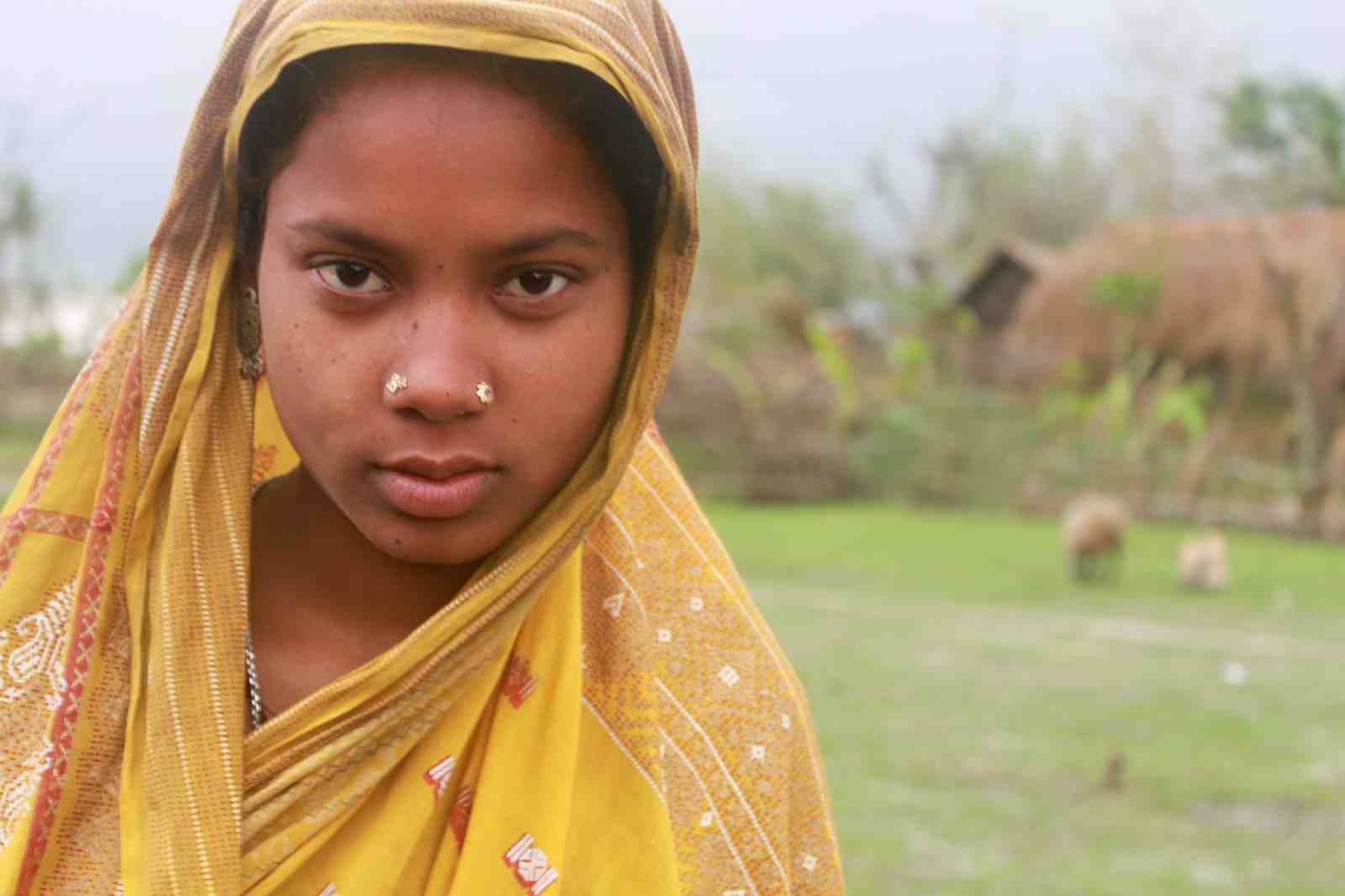
Every year about 70,000 women die due to pregnancy and childbirth related causes in India. The government has made some progress reducing maternal mortality in the country, and more women now give birth in medical facilities. But young mothers – usually ones who are poor, uneducated and live in remote areas of India like in Assam's tea plantations – continue to die.
Assam is a state in northeastern India that produces more than half of the country's tea. The plantations, or tea gardens as they are called, are often huge complexes where thousands of laborers live and work.
Here is a video taken inside one of these tea gardens, which often feel like beautiful green mazes:
The industry began under the British in the early 19th century. Robin Borthakur, an additional chairman of a tea association in Assam, says the British could not find enough Assamese to work in the plantations, so they brought over migrants from central India.
"They had to go to the poor tribal areas of some of the states of India where people were not really very well off and they wanted to migrate elsewhere in search of better livelihood. So these people were enticed to come over to Assam. They were told interesting stories," he says. "The tea plants there were green gold, and if you go there, you would get so much comfort, you get money, you get everything."
But when the migrants got to Assam, they didn't find green gold. They found hardship and terrible working conditions. The area at that time was mostly forests without any roads or proper communication.
"They were brought to areas where tea plantations were opened, which were infested with wild animals and all kinds of diseases. Modern medicine was not available," he says.
Generation after generation stayed and worked in the fields. After India's independence, conditions on the tea estates began to improve slightly, but very, very slowly. The tealeaf pluckers, as they're called, continue to travel to and from their houses and the fields, rarely if ever leaving the estates.
The large plantations now have clinics for the workers but most are of very low quality without the proper equipment to handle health emergencies or pregnancy complications.
The tea communities in Assam are social isolated and often have high rates of malnutrition, worm infestation and alcohol consumption and low rates of education. A UNICEF study found that almost 96 percent of pregnant women in tea gardens in Dibrugarh district in upper Assam are anemic, according to UNICEF Assam Nutrition Officer Dr. Asheesh Jain.
"The tea community is basically captive in nature," he said. "They are a very insulated, isolated community."
The tea communities' social isolation has affected their education, health care and employment opportunities. On the other hand, it has also enabled the communities to develop their own culture.
See this video of Anamika Kurmi, 16, who lives in a tea garden in Assam perform a traditional dance from her community. Her mother works as an Accredited Social Health Activist, called an ASHA worker, with pregnant women in the tea fields.
Watch this video of a chat with Jnanendu Saika, the founder and owner of Hotel Mona Lisa in Dibrugarh, Assam. Saika, 75, describes growing up in upper Assam and discusses what the tea estates were like during the British time.




